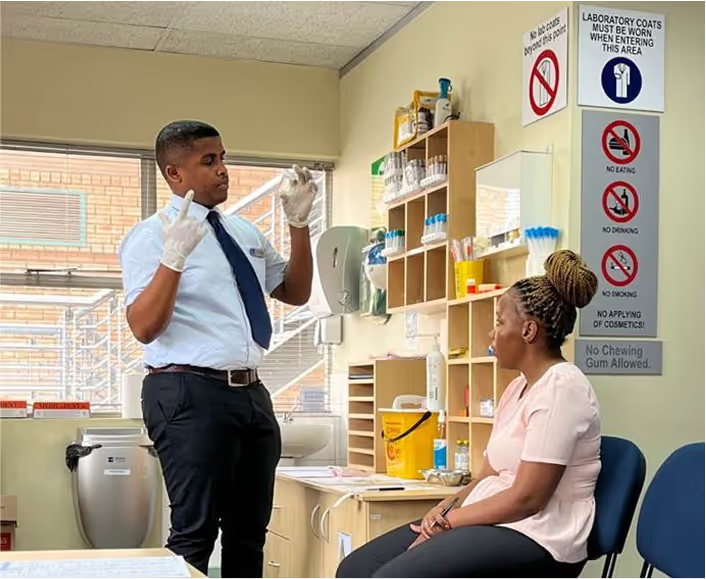Course Details:
Learning Objectives:
By the end of the session, participants should be able to:
- Identify potential hazards in the phlebotomy environment, including biological, chemical, and sharps-related risks.
- Explain the importance of standard precautions, including hand hygiene, personal protective equipment (PPE), and safe disposal of sharps and biohazard materials.
- Demonstrate proper infection prevention and control practices to minimize the risk of cross-contamination and healthcare-associated infections.
- Apply safety protocols for venepuncture and other specimen collection procedures to protect both patients and healthcare workers.
- Respond appropriately to incidents and exposures, including needle-stick injuries and blood spills, following institutional and regulatory guidelines.
- Understand the legal and ethical responsibilities related to safety in phlebotomy, including documentation and reporting of incidents.
- Promote a culture of safety within the phlebotomy setting through communication, teamwork, and adherence to protocols.

